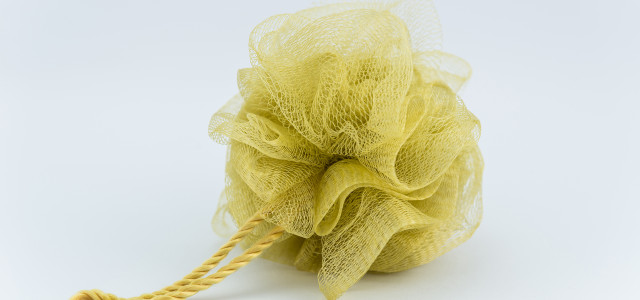Plastic loofahs are a common shower accessory. But did you know that there are more eco-friendly loofah alternatives that may actually be better for your health?
Loofahs, or luffas, are a popular exfoliator that many people use as part of their shower routine. They are typically made from nylon, plastic or other synthetic materials formed into mesh. While loofahs are popular bathroom accessories, there are many negative effects of using the plastic versions.
When they are not cared for properly, loofahs become a breeding ground for bacteria. This can be harmful to your body, especially if you have any scrapes that could get infected. Loofahs also need to be replaced every 3-5 weeks to ensure that they remain hygienic. This produces a lot of waste, and since loofahs are not usually made with recycled plastic, all that synthetic material ends up in landfills. Even before they have to be thrown away, however, plastic loofahs cause environmental harm by leeching microplastics in our oceans. Microplastics in the loofahs get washed down your shower drain, and eventually end up in the ocean, and later in drinking water and food. As you can see, there are many good reasons why you should look for alternatives to plastic loofahs.
Loofah Alternatives: The Original Loofah
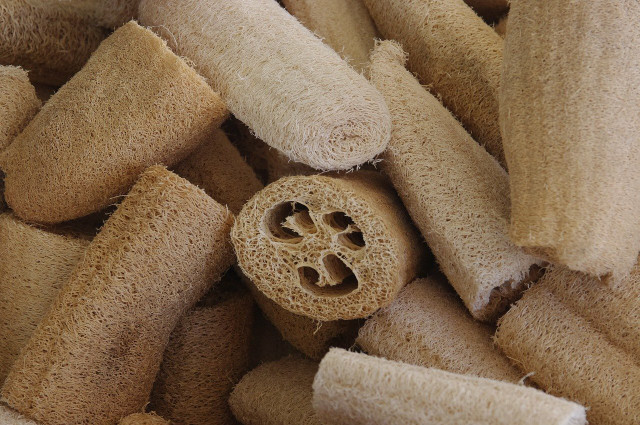
(Foto: CC0 / Pixabay / Juhele)
One sustainable alternative to plastic loofahs is the “original” loofah. Although most people these days think of a fluffy, plastic object when they hear the word ‘loofah’, back in the early 20th century, this scrubbing tool was made from a plant. Known as the loofah (luffa aegyptiaca), this plant produces a fruit with porous insides. When it is dried, it makes for a perfect sponge, which can be used just like a plastic loofah. Although these natural loofahs last about as long as plastic ones, they have several advantages. First, they don’t collect as much bacteria as plastic loofahs. Second, because they are made of organic materials, they won’t shed microplastics like plastic loofahs do. Finally, when you are disposing of a natural loofah, it doesn’t have to go to a landfill. Because it is made entirely of plant materials, you can place it in a compost, where it will biodegrade. You may therefore want to switch to this loofah alternative.
Konjac Sponge
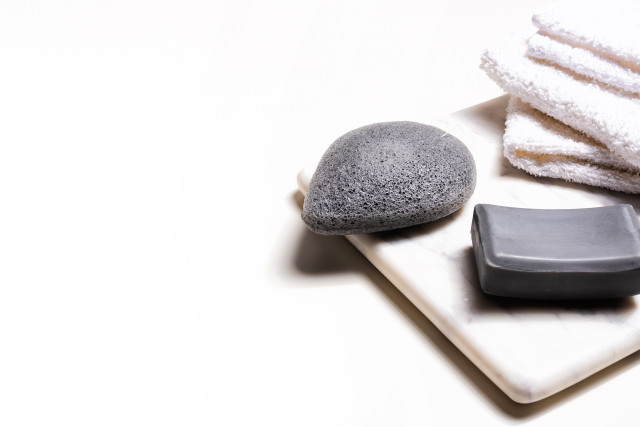


(Foto: CC0 Public Domain / Colourbox.de)
Similar to the loofah plant, there is another sustainable loofah alternative that is made from a plant. The konjac plant (amorphophallus konjac) produces a starchy corm (the part of the plant where roots are stored). These corms are used to produce many popular food products in Japan and Korea, and they can also be dried out to create an organic sponge. In addition to having many of the same advantages as a natural loofah, the konjac sponge is also great for sensitive skin and can even be used on the face. If your skin is more prone to irritation from exfoliants, this might be a good option for you.
Exfoliating Brush
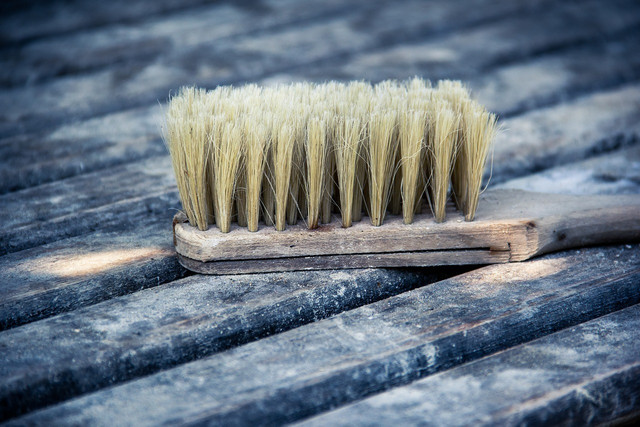


(Foto: CC0 / Pixabay / Devanath)
Another sustainable loofah alternative is an exfoliating brush. You can usually find these in your local health food store in the beauty section. They are usually made with a wooden handle and natural fibers for the bristles — but always read the label to make sure that you are choosing all-organic materials. If the bristles are made from synthetic materials, it will shed microplastics in the shower just like plastic loofahs.
If you do end up getting an exfoliating brush, you can also try using it outside of the shower on dry skin in a process called dry brushing, which purportedly helps not only with exfoliation, but also with unclogging your pores.
Exfoliating Soap Holder
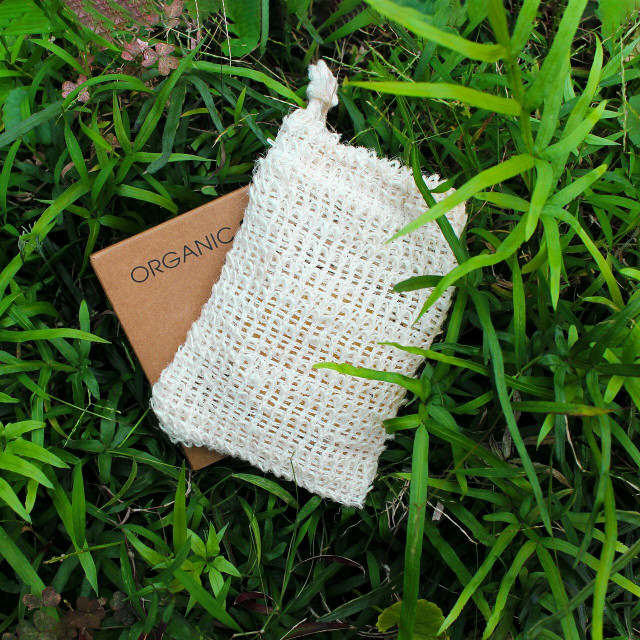


(Foto: CC0 / Pixabay / vudinhthuan7777)
If you want to try a product that both exfoliates and cleans your skin, you might want to try this loofah alternative. An exfoliating soap holder will usually be made from woven plant fibers, which form a bag for you to store your soap. This will make it harder for your soap to slip out of your hands in the shower. When you use your soap in a holder like this, you can enjoy exfoliation from the scrubbing as you clean, making it a great multipurpose option. Just make sure that the fibers used for the soap holder are fully natural to avoid the microplastic problem. Bonus points if you use a sustainable homemade soap.
Read on:
- Sugaring Recipe: Easy DIY Body Hair Removal at Home
- Tutorial: Natural DIY Body Wash for Beginners
- Apple Cider Vinegar Foot Soak: Remedy for Calluses and Swollen Feet
Do you like this post?






